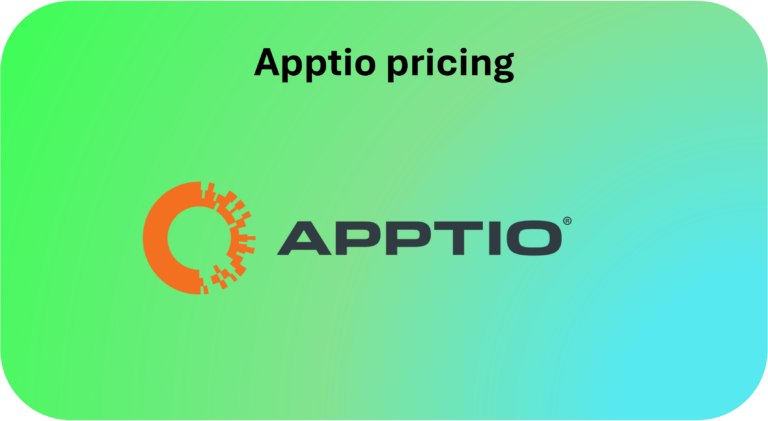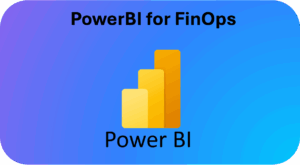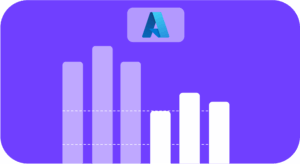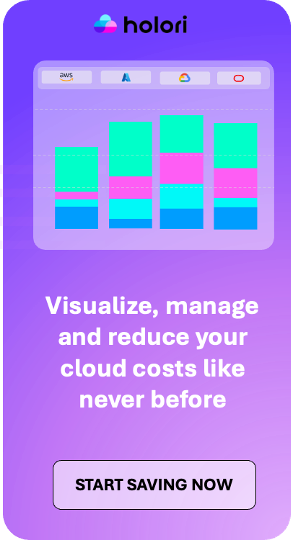Managing cloud costs efficiently is a top priority for businesses operating at scale. Apptio Cloudability is one of the leading cloud cost management platforms, but its pricing structure in 2025 raises questions about affordability and scalability. In this article, we’ll break down Apptio Cloudability’s pricing model, highlight its limitations, and present better alternatives—like Holori—that offer more value for your money.
Apptio Cloudability Pricing in 2025: A Breakdown
It has been acquired by IBM in 2023 and focus mainly on bringing cloud cost visibility and accountability to large organizations.
Apptio Cloudability’s pricing is based on annual contracts with tiered pricing based on managed cloud spend. Additional usage beyond contracted limits incurs extra fees. The pricing details from AWS Marketplace are as follows:
Apptio cloudability Base Pricing (12-Month Contract)
| Plan | Managed Cloud Spend | Annual Cost |
|---|---|---|
| CLDY1MYEAR | Up to $1M | $30,000 |
| CLDY3MYEAR | Up to $3M | $76,680 |
| CLDY6MYEAR | Up to $6M | $132,480 |
Apptio Overage Fees (Beyond Contracted Limits)
If you exceed the contracted cloud spend, additional fees apply based on the pricing model:
| Overage Model | Cost per Unit |
|---|---|
| Cloud Spend above contracted amount in an Annual Commit Model | $3,300 |
| Cloud Spend above contracted amount in a Total Commit Model | $3,300 |
| Financial Planning Annual Commit Model | $1,650 |
| Financial Planning Total Commit Model | $1,650 |
| Essentials Annual Commit Model | $1,930 |
| Essentials Total Commit Model | $1,930 |
| Standard Annual Commit Model | $2,760 |
| Standard Total Commit Model | $2,760 |
| Premium Annual Commit Model | $4,410 |
| Premium Total Commit Model | $4,410 |
Key Features of Apptio Cloudability
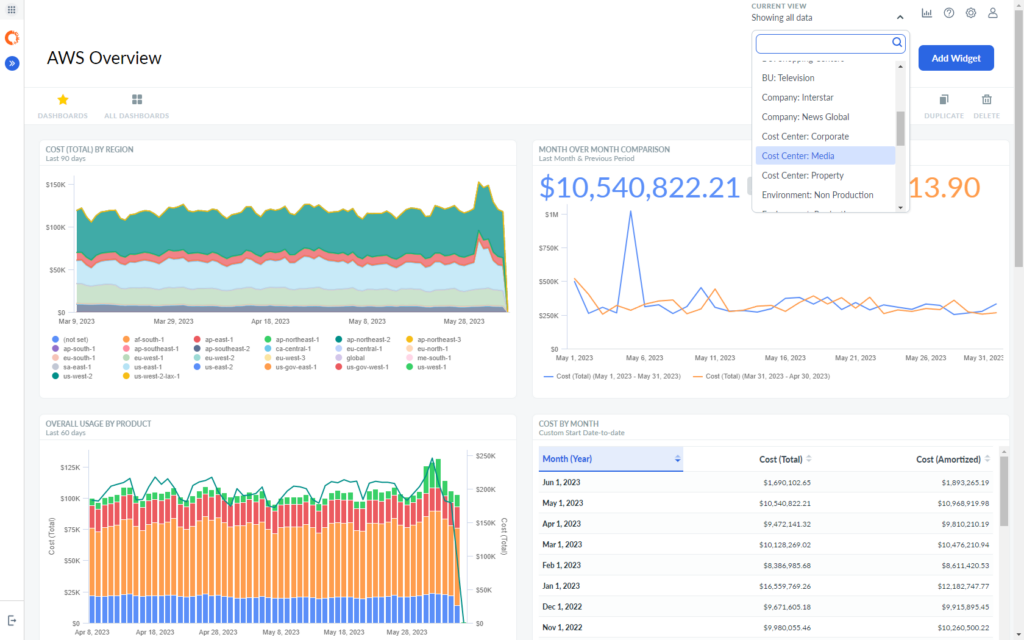
Apptio Cloudability provides a suite of cloud financial management tools, including:
- Multi-Cloud Cost Visibility: Consolidates cost data across multiple cloud providers for better budgeting and ROI calculations.
- Anomaly Detection: Identifies unusual spending patterns and alerts users to potential issues.
- Optimization Recommendations: Suggests optimal resource allocations to reduce waste and improve efficiency.
- Cost allocation: Distribute costs to the right business units
- Detailed Reporting and Analytics: Provides customizable dashboards for in-depth cost analysis.
User Reviews: Benefits and Drawbacks

User feedback from G2 highlights key advantages and limitations of Apptio Cloudability:
Benefits:
- Enhanced Cost Visibility: Users appreciate the ability to consolidate cost data from multiple cloud providers, simplifying budgeting.
- Actionable Cost Optimization: The platform provides rightsizing and storage optimization recommendations that help reduce waste.
- Effective Multi-Cloud Management: Users find value in managing multiple cloud providers from a single interface.
Drawbacks:
- Complex Navigation: Some users find the interface difficult to navigate, making adoption challenging.
- Implementation Challenges: While cost recommendations are useful, executing them can be complex and time-consuming.
- Support and Billing Issues: Users have reported difficulties with contract renewals, billing transparency, and account changes.
Key Points of Apptio Cloudability Pricing
- High entry cost: $30,000 per year to manage just $1M in cloud spend is steep, especially for smaller companies.
- Expensive scaling: If your cloud spend grows beyond your contracted amount, overage charges add up quickly.
- Rigid contracts: Pricing is tied to annual commitments, limiting flexibility for companies with fluctuating cloud usage.
Holori: A Better and More Affordable Alternative

Holori is a modern FinOps platform designed to provide cost visibility, optimization, and control over cloud expenses—at a fraction of Cloudability’s cost. Here’s why Holori is the better choice:
1. Transparent and Affordable Pricing
Unlike Apptio Cloudability’s costly contracts, Holori offers a transparent, pay-as-you-go model with no hidden fees. You only pay for what you use, with a simple and predictable pricing structure. Holori charges a flat 1% fee on your monthly cloud spend—making it three times cheaper than Apptio Cloudability. Plus, there’s no minimum fee to start using Holori. You can begin with the free plan, and the next tier is just $49/month.
2. Multi-Cloud Cost Management with Intuitive Dashboards
Holori consolidates costs across AWS, Azure, and Google Cloud, offering real-time dashboards with actionable insights. Users can create customized dashboards with bar charts, pie charts, tables, and diagrams for specific teams.
3. Infrastructure Visualization and Auto-Sync
With Holori, users can auto-generate cloud architecture diagrams and track infrastructure changes over time—something Cloudability does not offer.
4. Easy to use Cost allocation and Budgets
Holori has a best in class Cost allocation mechanism that uses virtual tags and a graphical interface where the user can design its cost structure and drag & drop resources/tags/accounts onto the right segment.
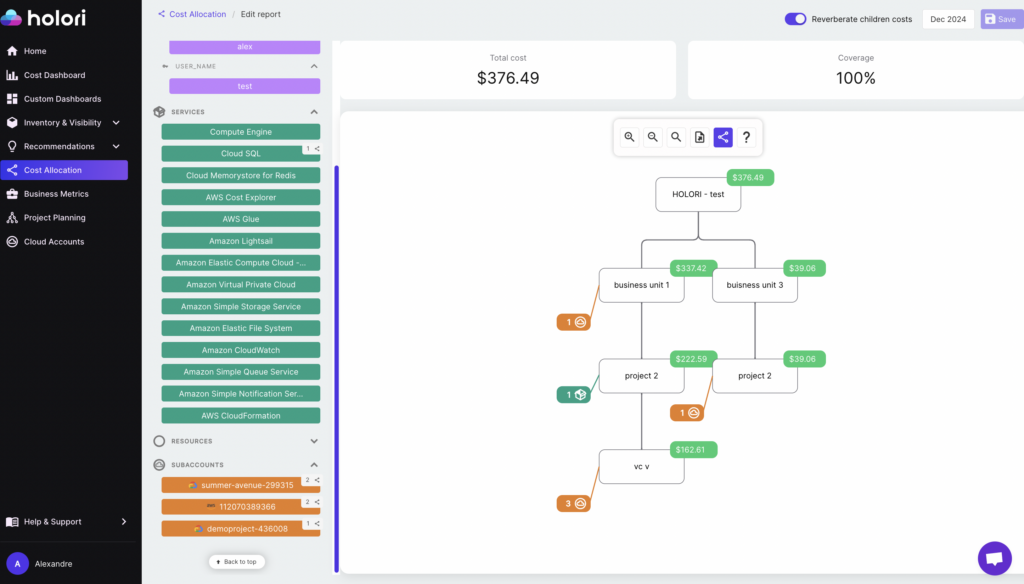
Conclusion: Holori emerges as a superior and more cost-effective alternative to Apptio Cloudability.
While Apptio Cloudability is a well-known player in the FinOps space, its high pricing and rigid contract structure make it an expensive choice for businesses. User reviews also highlight challenges related to usability, implementation, and billing transparency.
Holori provides a more affordable, transparent, and flexible alternative—offering better cost insights, better cost allocation, and cloud infrastructure visualization.
If you’re looking for a cost-effective way to manage and optimize your cloud expenses, it’s time to explore Holori. Sign up today and take control of your cloud costs : https://app.holori.com/


